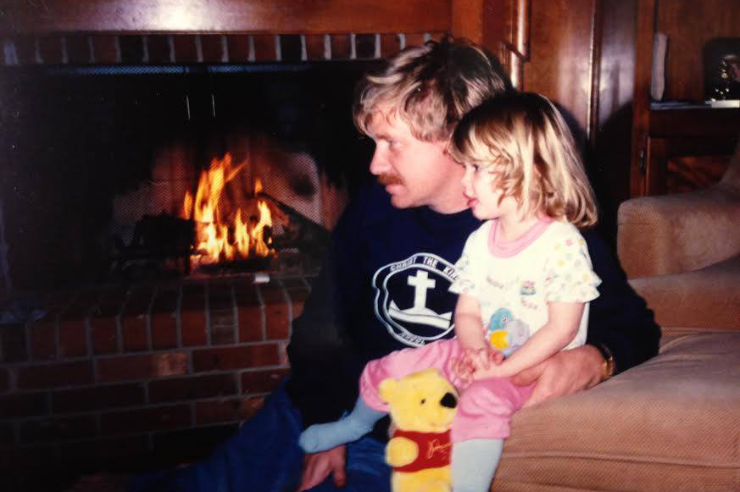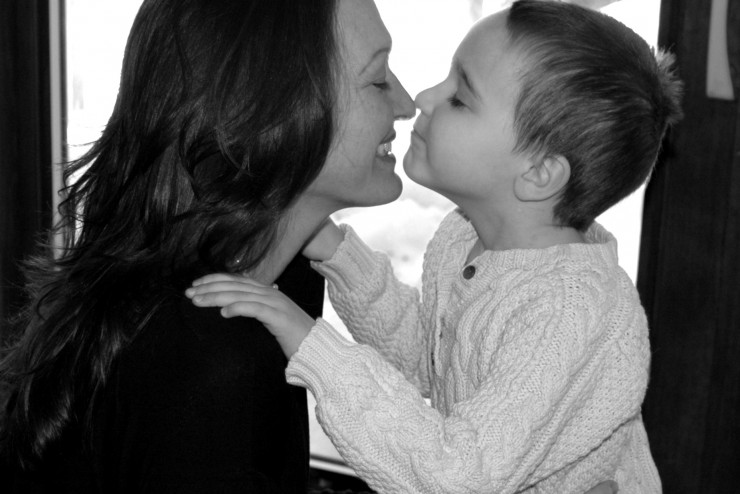As a woman who is active in the Church on both the local and national level, I’ve had plenty of time to think about women’s role in the Church. I probably find myself talking about it more frequently than the average person, too. The other day a friend brought it up, and he began parroting the notion that throughout history the Church has demeaned women and made them second-class citizens. When I challenged the whole assumption, he looked at me like I was brainwashed and a little crazy.
The role of women in the Church is a subject far larger and deeper than this little post. Do I think women have never been persecuted or demeaned in a male-dominate culture like the Catholic Church? Of course not. (Have I mentioned Joan of Arc is my patroness?) Have we always been treated equally? Definitely not. But that day I challenged his assumption by pointing out that throughout history, the Catholic Church has been radical in the way it elevated women when secular culture pushed us aside.
St. Catherine of Siena was putting Popes in their place in the fourteenth century when women had little to no rights. In the eleventh century, St. Hildegard of Bingen was preaching, teaching, and counseling bishops, not to mention writing botanical, medical, and theological texts and inventing an alphabet. St. Teresa of Avila was a powerful influence in both religious and secular culture during her time. The list goes on—St. Angela Merici, St. Frances of Rome, St. Bridget of Sweden, St. Elizabeth Ann Seton, St. Katherine Drexel (not to mention earthly rulers like St. Clotilde, Matilda of Tuscany, and Isabel of Spain)—all women who were powerful in the Church and the world at times when women were supposed to be inferior. These were women who flourished in their vocations and changed the world.
Who was the first to preach the Resurrection? A woman. The Church holds up St. Mary Magdalene as the “apostle to the Apostles.” At the time, women weren’t even recognized as valid witnesses in court. And yet God chose a woman to be the first witness to His Resurrection, and the Catholic Church asserts it in the Gospel.
Who is the greatest human person ever to be born? The Blessed Mother. If I was making a list of the most powerful people in all of history, I’m pretty sure she’s the trump card. Who held the entire fate of the world in her hands when the Angel Gabriel visited her? Who was entrusted with raising the Savior of the world? Who has the Church held up as our model and advocate for two thousand years? If we’re speaking of secular power, I suppose she wouldn’t make most people’s lists. But in the realm of eternity, there is no greater human person.
This is why I’m proud to be a woman of the Church. I’d like to challenge the accepted notion that throughout history, the Church has ignored women. Who was the first institution to educate women? Who was the first to care for the sick, the pregnant, and the abandoned? In the early Church, women were coming to the Church by the thousands—why? Because that was where they found respect and love in a cruel world. I was first introduced to this idea by my friend Mike Aquilina (www.fathersofthechurch.com), who introduced me to the work of sociologist Rodney Stark.
Stark points out that Greco-Roman women were usually married by the age of eleven or twelve to a much older men. Afterwards, they suffered marriages where contraception, abortion, adultery, and unnatural sexual acts were the norm. If a child wasn’t killed by abortion (and the abortions often killed the mother as well), she may not live long after birth, either. There was a shortage of females in the ancient world because the infanticide of females was legal and morally accepted. On this subject of female infanticide, Stark asks us to consider a letter by Hilarion to his wife Ails, which clearly demonstrates his concern for his wife and son and his disregard towards the possibility of a daughter: “Know that I am still in Alexandria and do not worry if they all come back and I remain in Alexandria. I ask and beg you to take good care of our baby son. And as soon as I receive payment I shall send it up to you. If you are delivered of a child before I come home, if it is a boy, keep it, if it is a girl, discard it. You have sent me word ‘Don’t forget me.’ How can I forget you? I beg you not to worry.”
As you might imagine, this imbalance of men and women inevitably led to rape and sexual aggression on the part of men, behavior which was considered quite normal. So it should not be surprising that women found Christianity attractive. A religion that believes in the inherent dignity of the human person, one which sets a woman—the Blessed Mother—as the role model for Christian life—one that elevates marriage to a sacrament, that commands husbands to love their wives, that values the woman’s fertility—why wouldn’t this be attractive to women? Indeed, we find that women made up a disproportionate amount of the early Christian converts.
Again, I know this is a huge topic that can’t be tackled in a single post. But we have to refuse to settle for what society has accepted as truth. Is there room for growth in the Church? Of course. I applaud Pope Francis for asking for a further development in the “theology of womanhood.” As he mentioned on the way home from World Youth Day in 2013, it is not just a matter of saying women can now do this or do that. It is not about what we can do, but about who we are. We have a unique role in the Church—one we’ve had from the start—and it’s time to emulate the strong women who have gone before us. It’s time to be proud to be women of the Church. Have there been injustices in the past? Yes. But what are we doing to be the strong women the Church and world need? Are we flourishing in our vocations—whether we are married, consecrated religious, or single?
As Pope Paul VI asked us at the close of the Second Vatican Council, “Women of the entire universe, whether Christian or non-believing, you to whom life is entrusted at this grave moment in history, it is for you to save the peace of the world.”
Ladies, are we open to the task?















